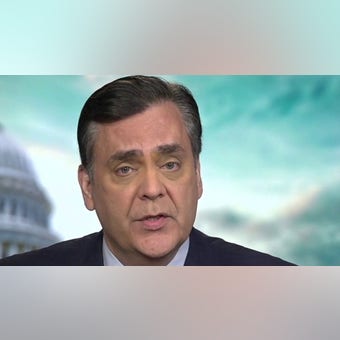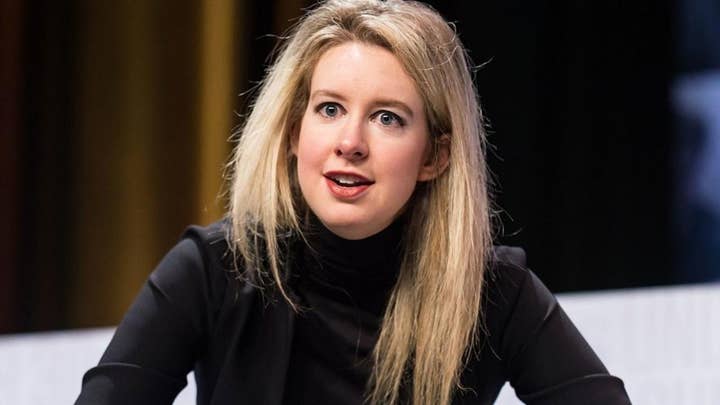Elizabeth Holmes verdict is a ‘wake-up call’ for Silicon Valley: Legal analyst
Fox News senior correspondent Claudia Cowan discusses the verdict from the federal courthouse in San Jose, California.
The conviction of Elizabeth Holmes in four out of 11 counts was a measured verdict by the jury which spent weeks combing through the debris from her epic fall.
Indeed, as with other high-profile cases in 2021, this jury showed our system at its best in carefully deliberating and reaching balanced conclusions. The jury saw criminal fraud in Holmes's dealings with investors while rejecting such claims with regard to patients. (The jury also hung on three counts.)
ELIZABETH HOLMES FOUND GUILTY ON 4 OF 11 CHARGES, JURY COULD NOT REACH VERDICT ON 3
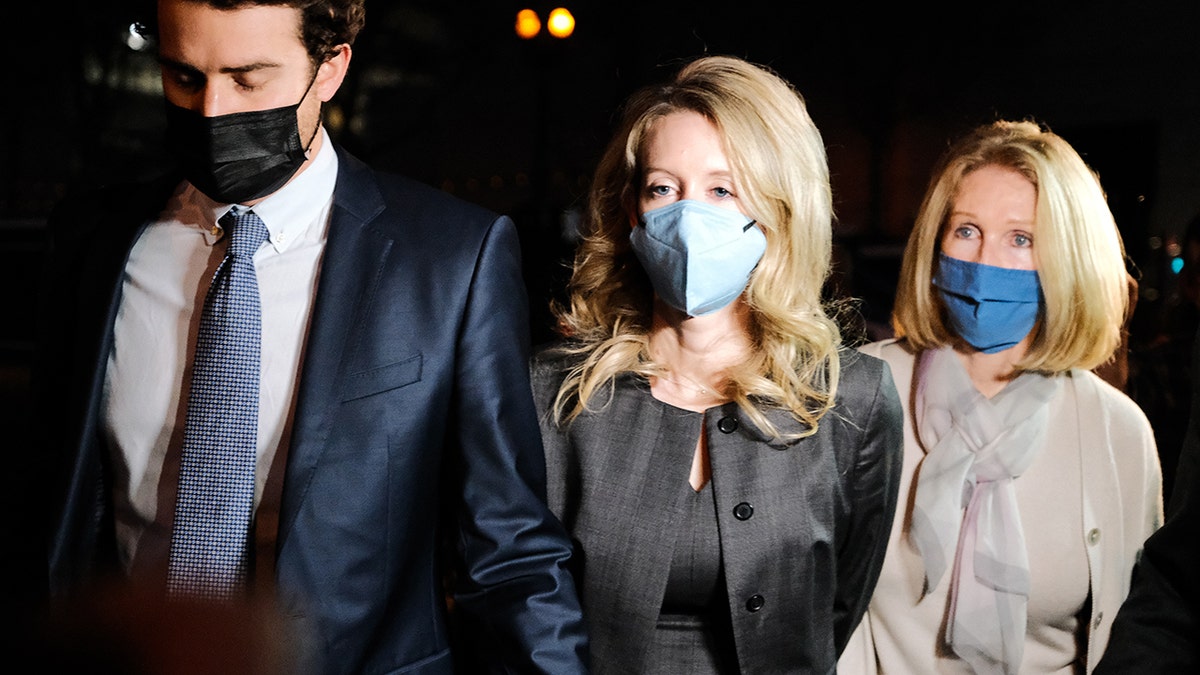
Theranos founder and former CEO Elizabeth Holmes, center, walks with her partner Billy Evans and her mother Noel Holmes as they leave the Robert F. Peckham Federal Building on Jan. 3, 2022 in San Jose, California. (David Odisho/Getty Images)
The distinction between the investors and patients was nuanced but principled. What the jury did not consider are those who helped Holmes create her elaborate scam. In many ways, the conviction is an indictment of those in business and the media who helped create the massive fraud that was Elizabeth Holmes.
Holmes was convicted of defrauding investors with false claims that the start-up Theranos company would revolutionize blood testing using a few drops of blood in a so-called "nanotainer."
The three counts of wire fraud come with a 20-year maximum penalty while a conspiracy count has a maximum five-year penalty. Often courts will have the counts run concurrently, so she would be looking at a horizon of 20 years with an expectation of much less as a first offender.
However, that is not a given. Holmes was convicted of a Bernie Madoff-sized fraud with hundreds of millions lost to investors. Just under these counts, there were $144 million in losses. She also has denied all of the allegations, including on the stand. That might prompt the court to consider a more severe framing of the sentencing in the case.
Holmes can expect a long prison stint, but she was able to engage in this fraud to build a counterfeit $9 billion company with the help of equally dishonest business and media cultures.
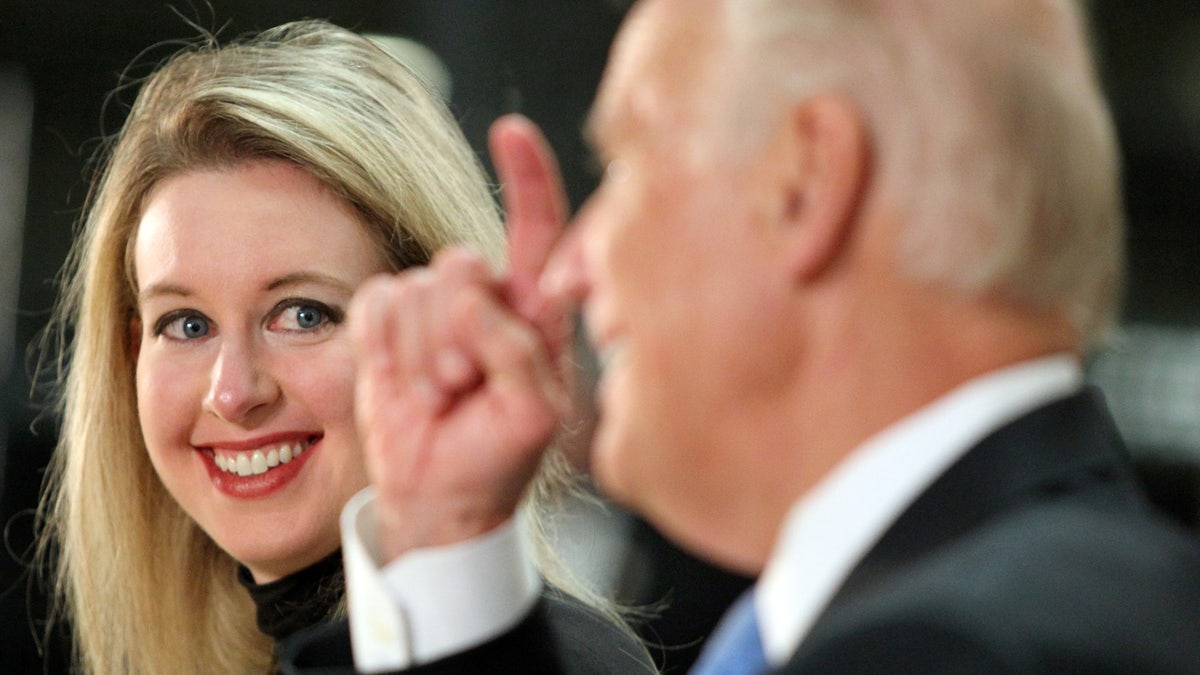
(Anda Chu/MediaNews Group/East Bay Times via Getty Images)
The prosecution put a spotlight on the fraudulent practices rampant in Silicon Valley where executives often invoke the rule that, to be successful, you have to "fake it till you make it." It is often more than a simple adage to be bold and confident. The idea is that you can get away with fraudulent pitches as long as you use the money to make good on the pitch in the end.
Under this logic, big frauds are better than small frauds. If you get billions invested in your company, it is hard not to make something worth selling. Moreover, flaming out on a product is treated as a cost of doing business. Few executives are forced to account for their early pitches when their products flop.
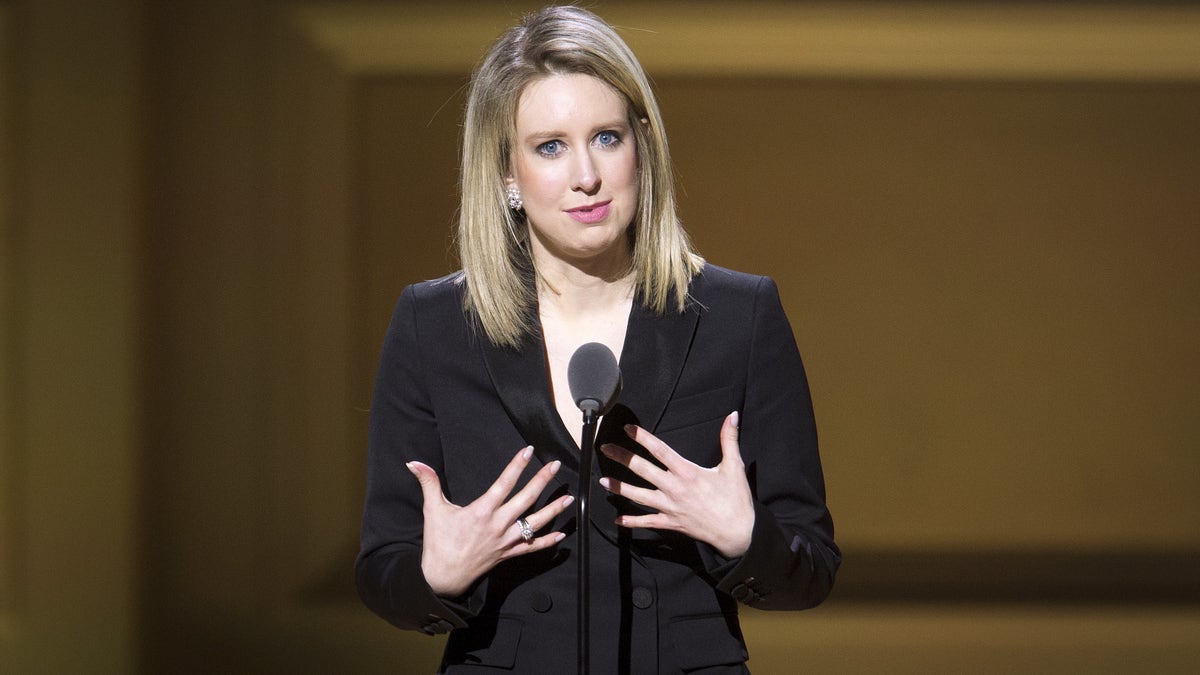
Theranos CEO Elizabeth Holmes speaks on stage at the Glamour Women of the Year Awards in Manhattan Nov. 9, 2015. (REUTERS/Carlo Allegri/File Photo)
Yet, few flame out like Holmes because she never really had a workable concept, let alone a product. The case showed how she and her underlings sent out blood to be tested by more conventional means and did not have a working model. What she had was buzz, not a business.
Holmes was the perfect image of Silicon Valley shtick in her Steve Jobs black turtlenecks and child-genius act. This was performance art that followed the kabuki of the Valley for the techno super-wealthy class.
While everyone is focused on Holmes at the trial, they forget that she assembled a who's who of powerful business and political board members who lent credibility to the scam. That included former U.S. Secretaries of State George Shultz and Henry Kissinger, and former Secretaries of Defense William Perry and James Mattis. They furthered the mythology that Holmes was "Jobs 2.0." Perry told The New Yorker in 2014 that Holmes "has sometimes been called another Steve Jobs, but I think that’s an inadequate comparison. She has a social consciousness that Steve never had. He was a genius; she’s one with a big heart."
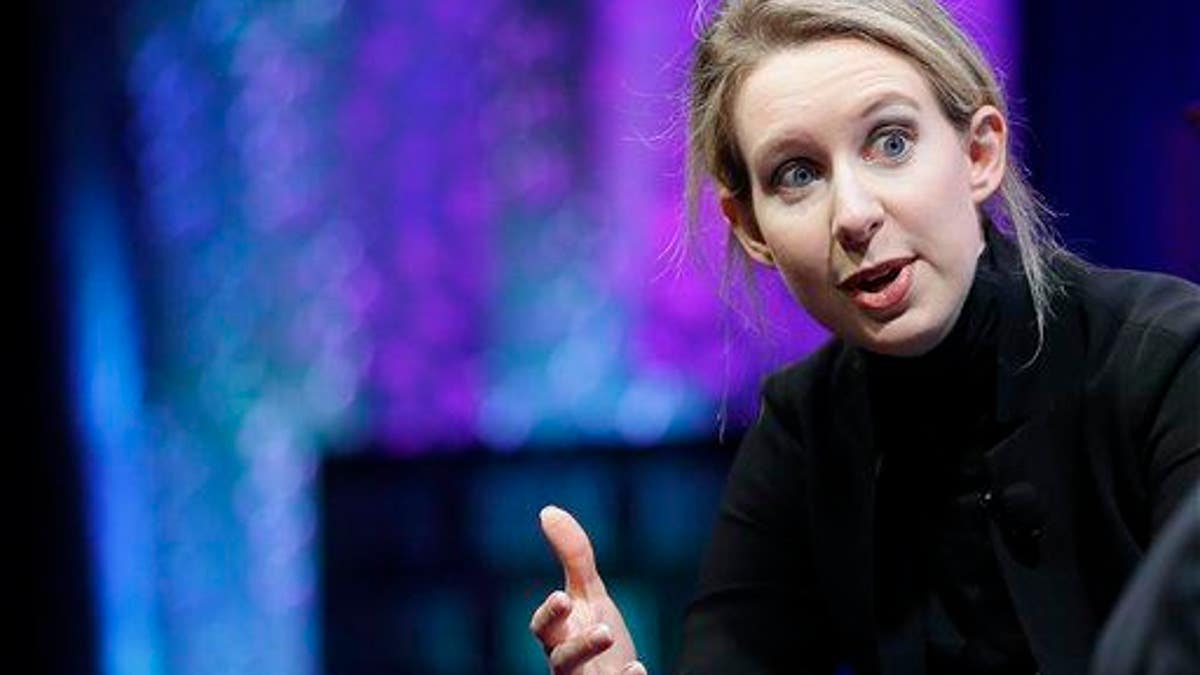
Elizabeth Holmes can't operate a lab for at least two years, per CMS sanctions. (AP Photo/Jeff Chiu)
Holmes would have been a modest fraudulent enterprise without the help of the media. The image of a young woman leading a multibillion-dollar corporation was "a fact too good to check." Holmes was showered with attention from being featured by former President Bill Clinton to breathless stories on virtually every network and newspaper. With dozens of journalists doing puff pieces, virtually none actually looked into her product or the underlying technological claims.
Holmes knew her audience. She was celebrated as the "new generation" of women in business, the brilliant female successor to Jobs. To even question that narrative was to risk being accused of sexism. After all, would you have questioned Steve Jobs when he was developing Apple?
The answer is yes. Jobs faced huge skepticism over his company's viability. Yet, Holmes was a fait accompli; she was proof in of itself. After all, she was a beautiful 19-year-old Stanford dropout who dressed like Jobs and spoke in soundbites.

Elizabeth Holmes attends a panel discussion during the Clinton Global Initiative's annual meeting in New York. (Copyright Reuters 2016)
Soon Holmes was on the cover of Fortune, which proclaimed "This CEO's out for blood." Glowing cover features would follow with Forbes and Inc. Television hosts cooed and columnists clamored over the carefully constructed image of a "female Steve Jobs."
CLICK HERE TO GET THE OPINION NEWSLETTER
The Holmes story is all too familiar in the age of advocacy journalism. Coverage is now often about advancing a narrative and achieving social progress. Reporting has been supplanted by promoting images and messages. As Stanford journalism professor Ted Glasser explained, "Journalists need to be overt and candid advocates for social justice, and it’s hard to do that under the constraints of objectivity." Celebrity journalism has many of the same flaws where images transcend the facts. In this case, Holmes was both a cause and a celebrity.
CLICK HERE TO GET THE FOX NEWS APP
Holmes knew the media would shed the constraints of objectivity in favor of her irresistible story. She was the hero the times called for, including Time magazine itself. Time gushed that Holmes was "striking, somewhat ethereal, iron-willed, she is on the verge of achieving her vision." The fact that the vision turned out to be fraud is just another inconvenient fact. F. Scott Fitzgerald once said, "Show me a hero and I'll write you a tragedy." Neither Holmes nor her tragedy was entirely self-made. It took a collective effort and this verdict should have come with a list of unindicted co-conspirators.
